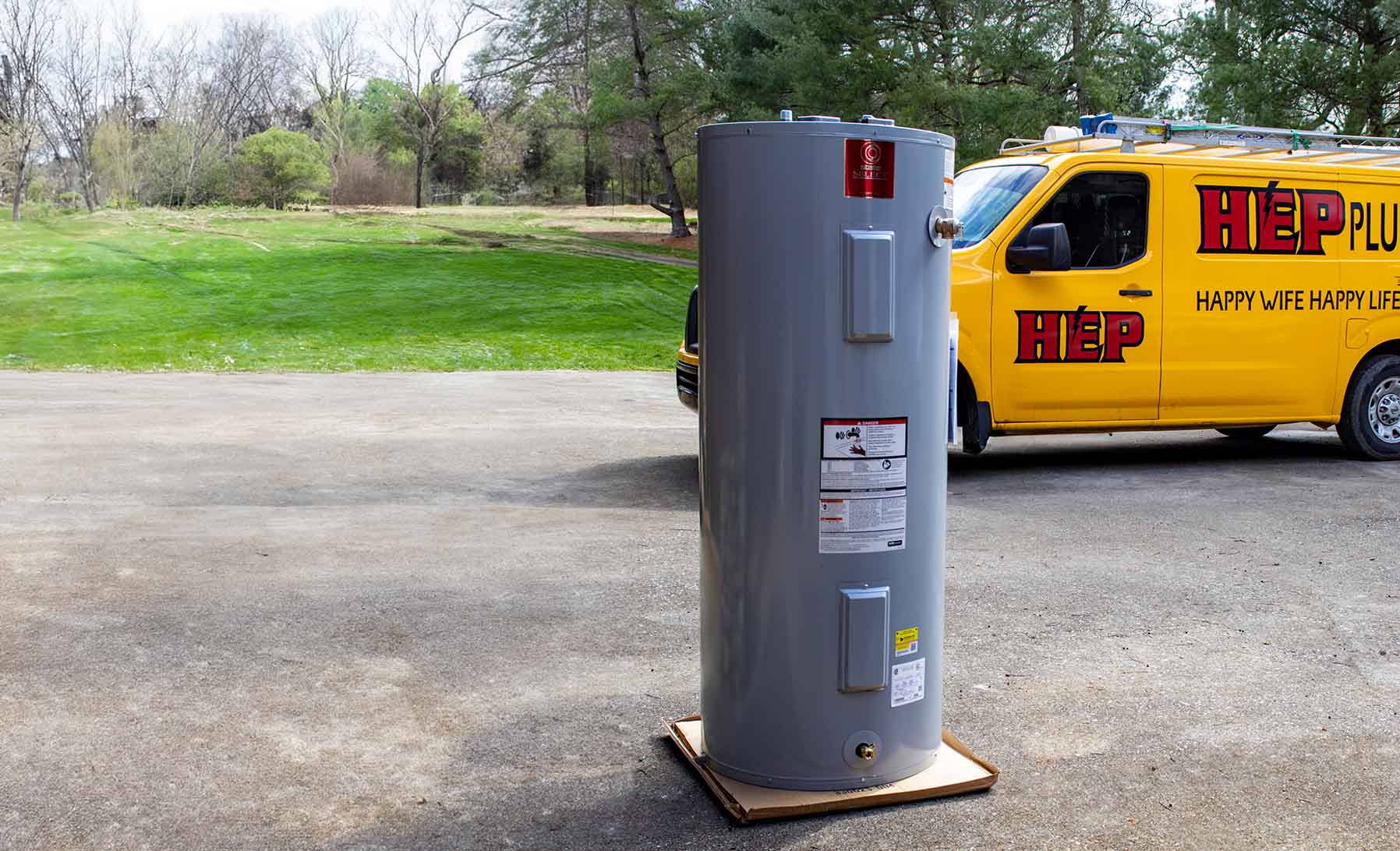

Consistent Hot Water
Your trusted partner for professional home services. Quality workmanship, guaranteed satisfaction.




- HEP
- Consistent Hot Water
Consistent Hot Water | Tank Water Heater | Plumbing | Monteagle
From chilly Monteagle dawns to late-night laundry loads, HEP keeps your comfort uninterrupted with reliable hot water plumbing solutions. Our licensed technicians size, install, and fine-tune every tank water heater so precisely that you barely notice a temperature dip—only the steady flow you expect. We treat your home like our own, arriving on time with fully stocked trucks and transparent pricing, whether you’re replacing an outdated unit or simply craving an efficiency upgrade.
Behind the warmth is a commitment to service that lasts long after installation. Preventive maintenance plans, 24/7 emergency repairs, and courteous follow-ups ensure your tank water heater delivers peak performance year-round, lowering utility bills while raising peace of mind. Ready to feel the HEP difference? Give us a call today and enjoy Monteagle’s most consistent hot water—one satisfying shower at a time.
FAQs
How do I choose the right-size tank water heater for my Monteagle home?
Start by looking at your peak-hour demand—the greatest amount of hot water your household uses in a single hour. Count the number of bathrooms, bedrooms, and high-use appliances (dishwasher, washing machine, soaking tub, etc.). A family of 2–3 in a one-to-two-bath home usually does well with a 40- to 50-gallon tank, while 4–5 people or a three-bath home may need 50–65 gallons. Check the unit’s First-Hour Rating (FHR) on the EnergyGuide label and match that number to your peak demand. Because Monteagle sits on the Cumberland Plateau, incoming water is colder in winter, so add about 10 percent to the size you’d choose in warmer regions. A licensed local plumber can run the numbers for you and confirm venting, electrical, or gas-line capacities before installation.
What routine maintenance keeps a tank water heater delivering consistent hot water?
1. Drain and flush the tank at least once a year to remove sediment. Monteagle’s water passes through limestone, so mineral buildup can be heavy. 2. Inspect the anode rod every 2–3 years (or annually if your water is especially hard). Replacing this $20–$40 part prevents internal rust. 3. Test the temperature-and-pressure (T&P) relief valve when you flush the tank; it must open and reseal freely. 4. Keep the thermostat at 120 °F to slow scaling and lower energy bills. 5. Check gas units for a clean blue flame and unobstructed venting; on electric units, verify that both heating elements are working. A full service visit by a licensed plumber each year typically costs less than one emergency call and can extend the life of the heater.
How long should a conventional tank water heater last in Monteagle’s climate?
The national average life span is 8–12 years, and Monteagle is no exception. Hard water, high usage, and lack of maintenance shorten life expectancy, while annual flushing and timely anode-rod replacement can add several years. If your heater is over 10 years old, factor replacement into your budget; parts warranties usually expire after 6–9 years, so repair costs climb as the unit ages.
Can I switch from electric to gas (or gas to electric) in Monteagle, and what permits are required?
Yes. Both natural gas (in town) and propane (outside town limits) are readily available. Converting requires: • A mechanical/plumbing permit from the City of Monteagle or Marion/Grundy County, depending on your address. • Work by a Tennessee-licensed plumber or HVAC contractor (T.C.A. §62-6). • For gas: new venting sized to current code, combustion air, and a gas shut-off valve; for propane you’ll also need an exterior tank set and regulator. • For electric: a dedicated 240-V circuit and breaker sized to the heater’s amperage. Turnaround for permitting is typically 1–2 business days, and your contractor will schedule any required inspections with the local building department.
What warning signs indicate my tank water heater needs repair or replacement?
• Rust-colored hot water or metallic taste • Rumbling, popping, or banging sounds (sediment hardening at the bottom) • Water pooling at the base, even if it dries up between uses • Sudden drops in hot-water temperature or hot water running out faster than normal • Higher electric or gas bills with no other explanation • Age over 10 years combined with any of the symptoms above If you spot these issues, shut off power or gas, close the cold-water inlet, and call a plumber. Small leaks in fittings can often be repaired, but tank leaks usually mean full replacement.
How can I reduce energy costs while still getting dependable hot water?
• Add an R-10 or higher insulating jacket to older tanks (new units already have foam insulation). • Insulate the first 6 ft of hot and cold water lines leaving the heater. • Install low-flow showerheads (1.5–2.0 gpm) and aerators. • Keep the thermostat at 120 °F and turn it to “Vacation” when you’re away for more than two days. • Consider a high-efficiency gas condensing model or an electric heat-pump water heater when you replace your current unit—both can cut energy use 20–60 percent. • Fix dripping faucets quickly; one drip per second wastes up to 1,600 gallons per year. • Schedule an annual tune-up so the burner or heating elements stay clean and efficient.